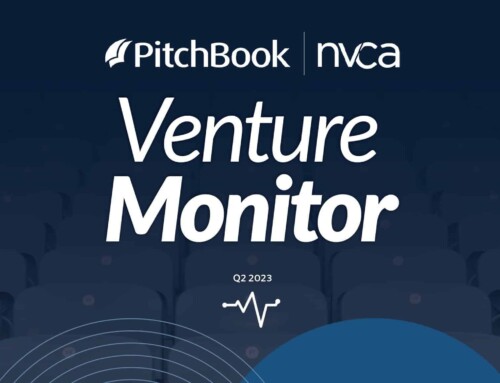For startup CEOs, communication with investors is not just a formality—it’s a vital part of maintaining trust and support. Effective updates go beyond mere reporting; they provide a clear, strategic overview of the company’s trajectory. Here’s what every investor looks for in those updates.
For startup CEOs, communication with investors is not just a formality—it’s a vital part of maintaining trust and support. Regular updates, whether monthly or quarterly, are crucial (read why only updating upon good news is a bad idea). Effective updates go beyond mere reporting; they provide a clear, strategic overview of the company’s trajectory. Here’s what every investor looks for in those updates.
Content: Essential Elements for Informative Investor Updates
1. Clear Goals and Milestone Progress
- Defining Objectives: Start by clarifying the specific, measurable goals that the company aims to achieve by the next milestone (e.g., next fundraising round). This could be reaching a certain revenue target, launching a new product, or achieving a set number of active users.
- Tracking Progress: Detail how close the company is to achieving these goals. Use metrics and KPIs to quantify progress and explain any deviations from the expected timeline or outcomes.
- Forward Planning: Discuss the steps planned to continue this trajectory. Highlight any strategic decisions that will help overcome current challenges or capitalize on new opportunities.
2. Health of the Company
- Growth Metrics: Provide updates on key growth indicators such as monthly recurring revenue (MRR), customer acquisition costs (CAC), and lifetime value (LTV). These figures help investors gauge the scalability and sustainability of the business model.
- Financial Runway: Transparency about the company’s runway is crucial. Outline the current cash position, burn rate, and an estimate of how long the current funding will last under various scenarios.
- Cash Flow: Briefly discuss the cash flow situation. Positive cash flow means the company is generating more money than it is spending, which is a strong indicator of financial health.
- Customer Metrics: Include customer acquisition and retention rates. High attrition may signal problems with the product or customer satisfaction, while improvements suggest successful adjustments to strategy.
- Employee Metrics: Employee turnover can impact operations and investor confidence. Share any significant changes in employee numbers and what measures are being taken to ensure a stable and motivated workforce.
Format: Structuring Your Update for Maximum Impact
When structuring your CEO update, it’s crucial to keep the format concise and organized. Brevity not only ensures that your message is easier to consume but also makes it less daunting for you to compile and send regularly. Here’s how to structure your update effectively:
Must Have
- Next Milestone & Progress: Clearly state your next milestone objective(s) – e.g., what do you need to prove or accomplish in order to raise your next funding round? And what is the current value of the metric you’re using to measure progress towards that milestone? (e.g., MRR? MAU?).
- Company Health: Investors want to quickly understand the health of your company – e.g., are you growing? any existential threats? So, for example, include current runway (with and without projected revenue), growth metrics, team (attrition, morale).
Nice To Have
- Asks: You never now how your investors can help, and they are motivated to do so. But be specific and make it as easy as possible for them. For example, do not ask “anyone have leads for us?” because it’s too much to impose upon a busy person to figure out what would be good leads for you. Instead, find specific potential leads that the individual investor is connected to on Linkedin and write an intro email for that specific investor so they can just forward it.
- Highlights: Share the good news!
- Lowlights: It’s equally important to address areas where the company hasn’t met expectations. This honesty not only builds trust with your investors but also invites constructive feedback and support. And it avoids future surprises in case lowlights turn into serious problems down the road.
Keeping It Brief
The goal of each section is to provide essential information without overloading your audience. Brevity is best because:
- Easier to Consume: Investors often have multiple commitments and appreciate updates that get to the point quickly.
- Easier to Write: More importantly, concise updates are less of a burden for you to produce. If the task of writing an update becomes too cumbersome, it’s likely to be delayed or not done at all. Keep it simple to ensure it gets done.
By sticking to these sections and keeping each one pointed and brief, your updates will strike the perfect balance between informative and digestible, ensuring they are both written and read regularly.
Effective CEO updates empower investors to feel more connected and confident in their investment. By clearly articulating progress towards key milestones and providing a candid look at the company’s health, CEOs can foster a strong relationship with their financial backers, paving the way for ongoing support and future funding.








Leave A Comment